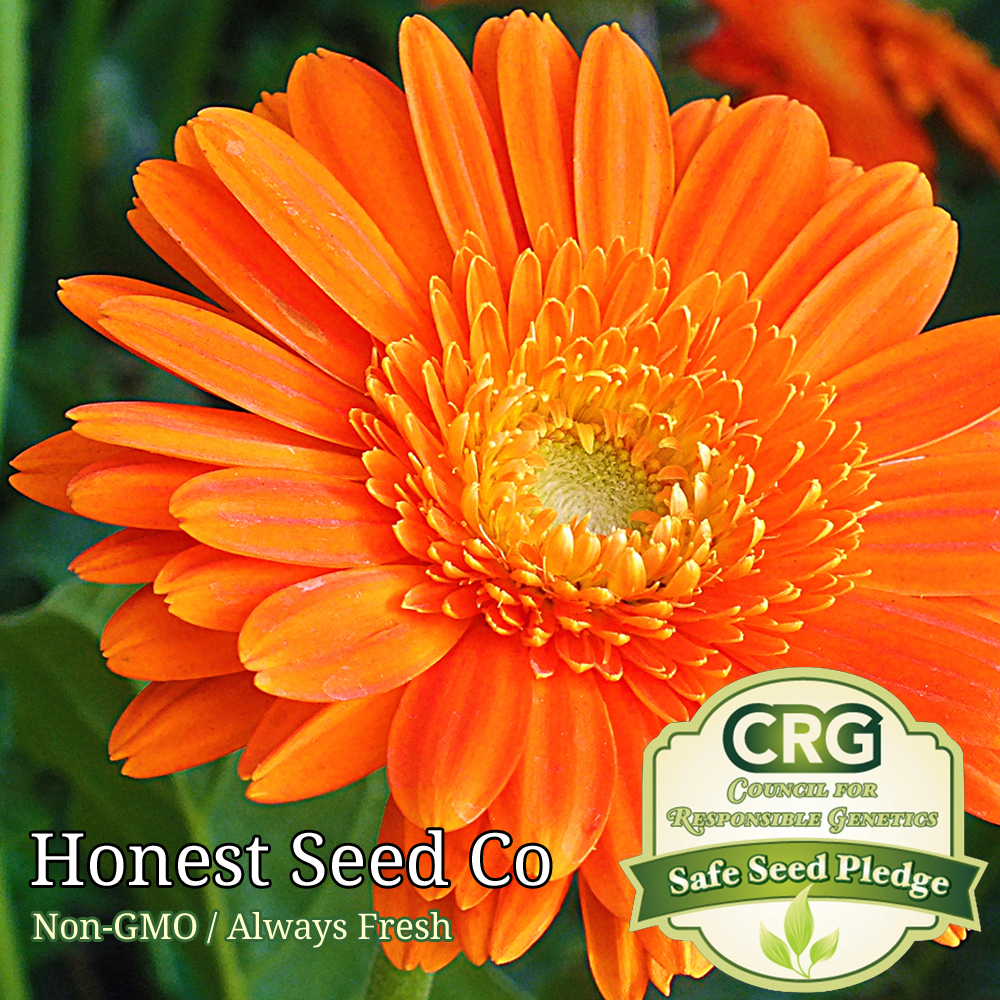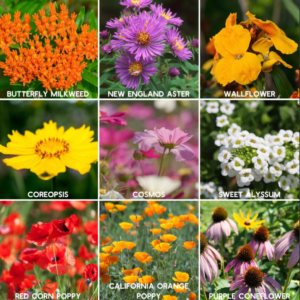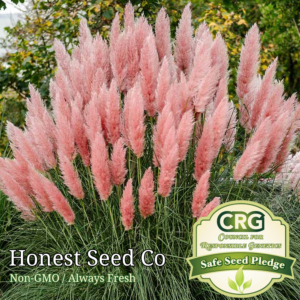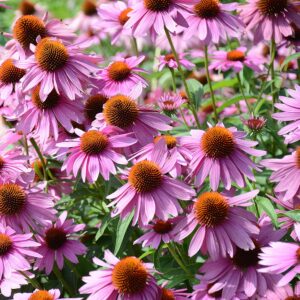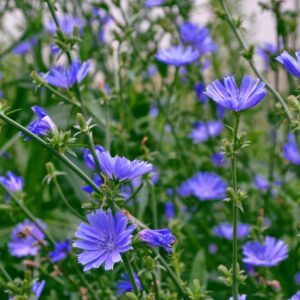Calendula (Calendula officinalis) is a type of flowering plant that is also known as “pot marigold” or simply “marigold.” It is native to the Mediterranean region, but is now widely cultivated around the world. Calendula flowers have been used for medicinal and culinary purposes for centuries.
Calendula flowers are bright orange or yellow and have a distinctive, daisy-like shape with reflexed petals. They are easy to grow, and prefer well-drained, fertile soil and full sun. Calendula plants typically grow to about 2 feet tall and produce flowers from early summer to fall.
Calendula flowers have been traditionally used for medicinal purposes, particularly for healing skin conditions such as cuts, wounds, and rashes. They are also used as a natural remedy for menstrual cramps, as well as to reduce inflammation and improve overall skin health.
In culinary, Calendula petals are edible and have a tangy, bitter, and slightly spicy taste, they are often used as a natural food colorant and garnish, adding a bright yellow or orange color to salads, soups, and rice dishes. They are also used to make tea, marmalade and other preserves.
Calendula flowers are easy to grow and are often used as a companion plant in gardens, as they are believed to repel harmful insects and improve the health of nearby plants. They also make a great addition to any flower garden, adding a splash of bright color and a unique flavor to any dish.
Growing Calendula from seed is a relatively easy process. Here’s a basic guide on how to grow Calendula from seed:
- Select a location: Calendula prefers well-drained, fertile soil and full sun. However, they can also tolerate partial shade.
- Start seeds indoors: Calendula seeds can be started indoors about 6-8 weeks before the last frost date in your area. Sow the seeds in seed trays or pots filled with seed compost and cover with a thin layer of compost or vermiculite. Keep the seed trays in a warm place (around 60-70°F) and keep the soil moist.
- Transplant seedlings: Once the seedlings have developed 2-3 true leaves, they can be transplanted into individual pots or into the garden. Space the plants about 18-24 inches apart.
- Care for plants: Water the Calendula plants regularly, keeping the soil consistently moist, but not waterlogged. Fertilize the plants with a balanced, all-purpose fertilizer every 4-6 weeks. Deadhead the spent blooms to encourage more blooms.
- Harvest: Calendula plants will begin to bloom about 8-10 weeks after planting. The flowers can be harvested as soon as they open. Cut the stems long, leaving a little stem on the flower head.
- Enjoy: Calendula flowers can be used fresh in salads, soups, and rice dishes, or dried for tea, marmalade and other preserves. They can also be used for medicinal purposes, particularly for healing skin conditions such as cuts, wounds, and rashes.
It’s important to note that Calendula is a hardy annual and will not return year after year. To have a continuous supply of Calendula flowers, you will need to sow new seeds each year.

